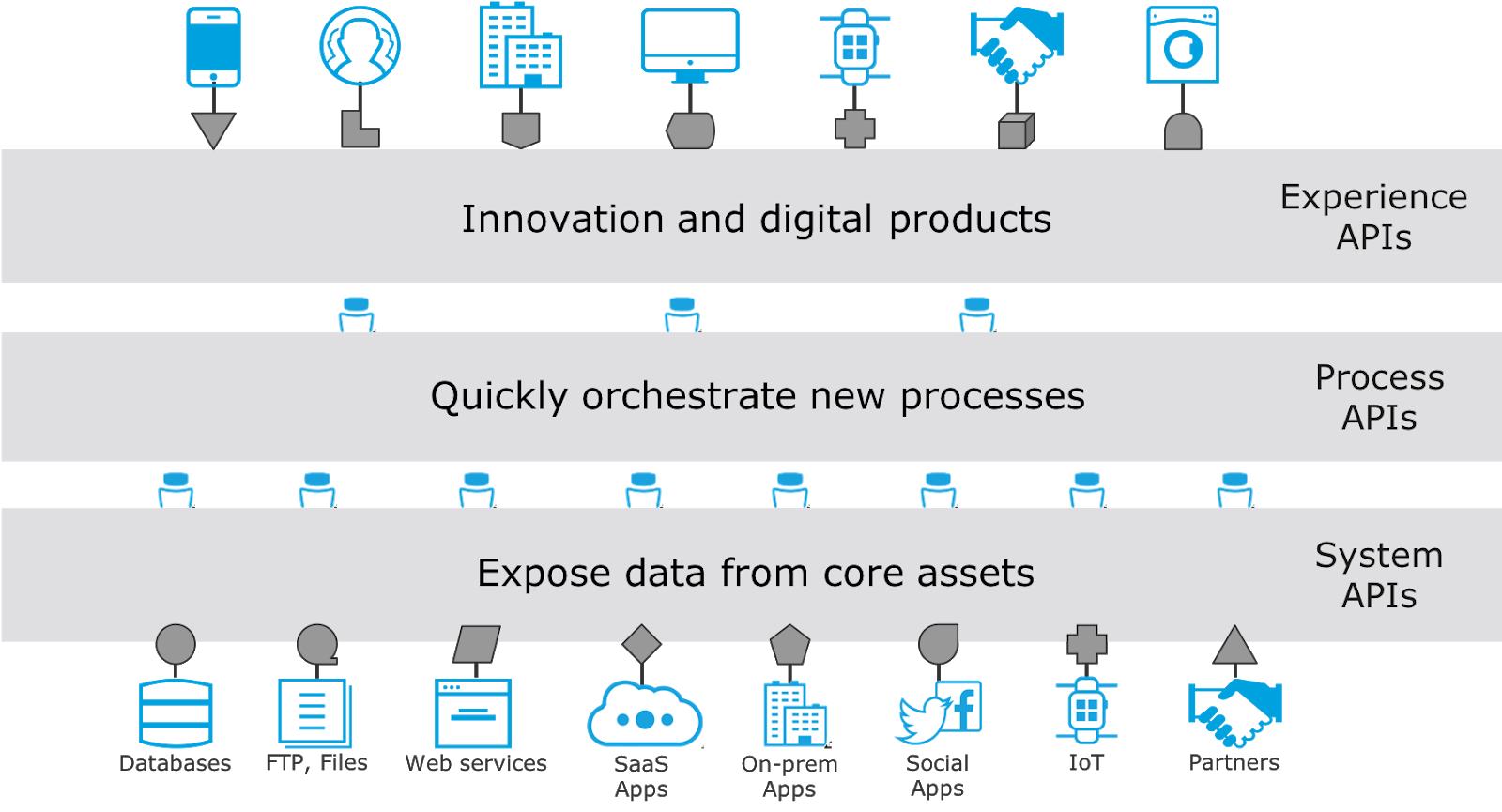This is a simplified version of the instructions at https://bahmni.atlassian.net/wiki/display/BAH/Bahmni+Using+Docker What the instructions don't mention is that there is an easier way to get Bahmni up and running, through Vagrant. All of the docker magic is handled behind the scenes by a docker-compose plugin, so you don't really need to know anything about docker.
- Vagrant
- VirtualBox
- Git
